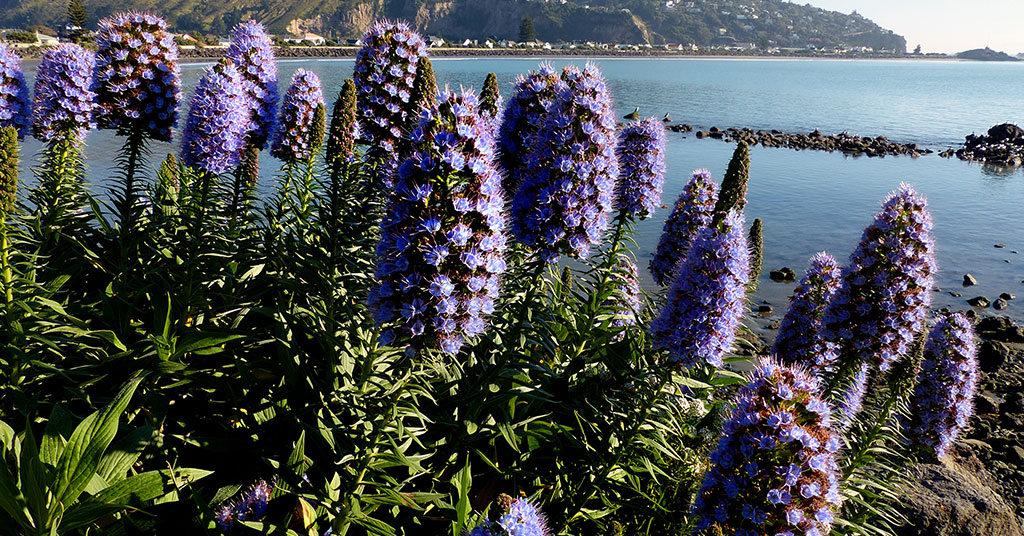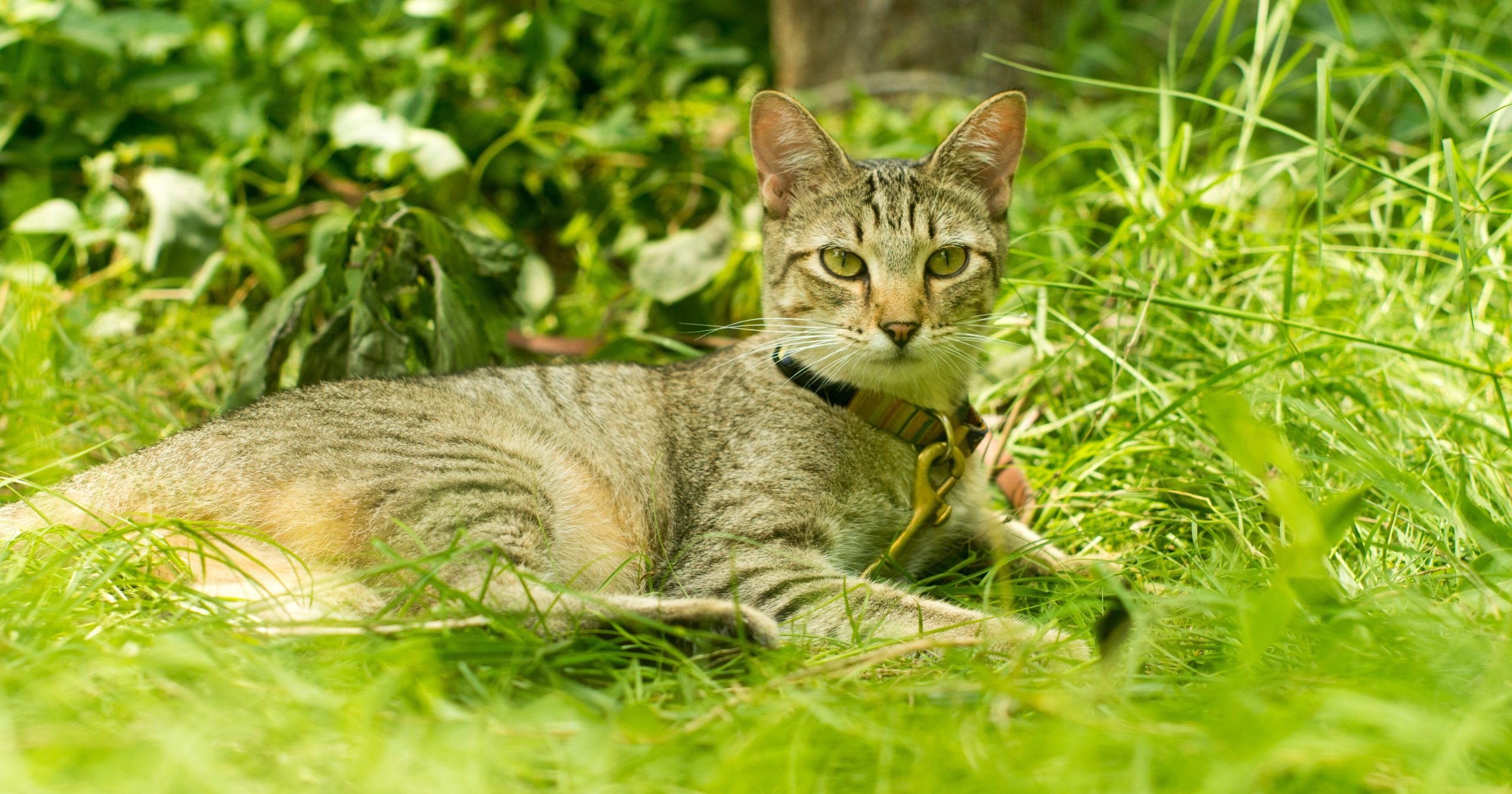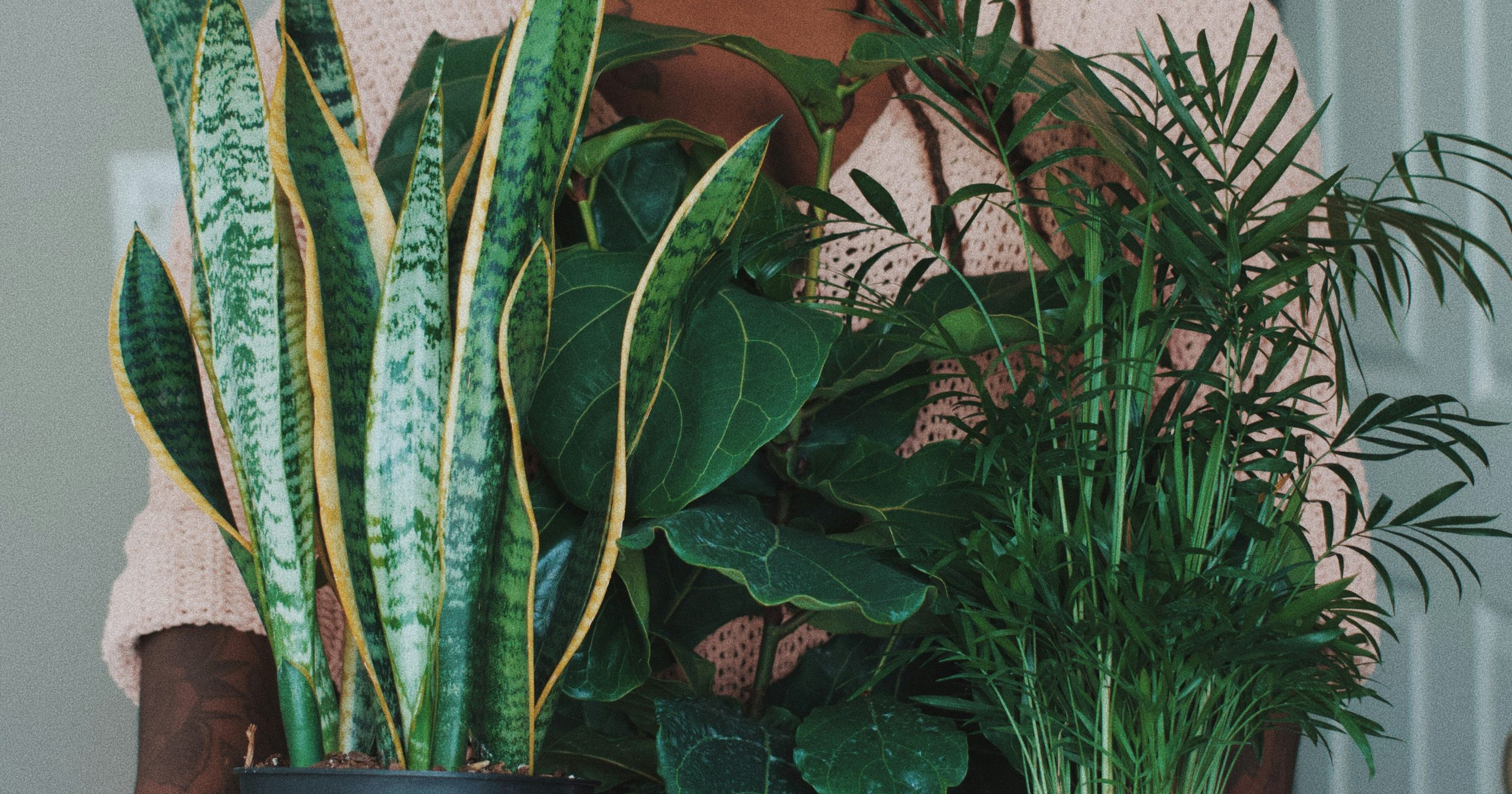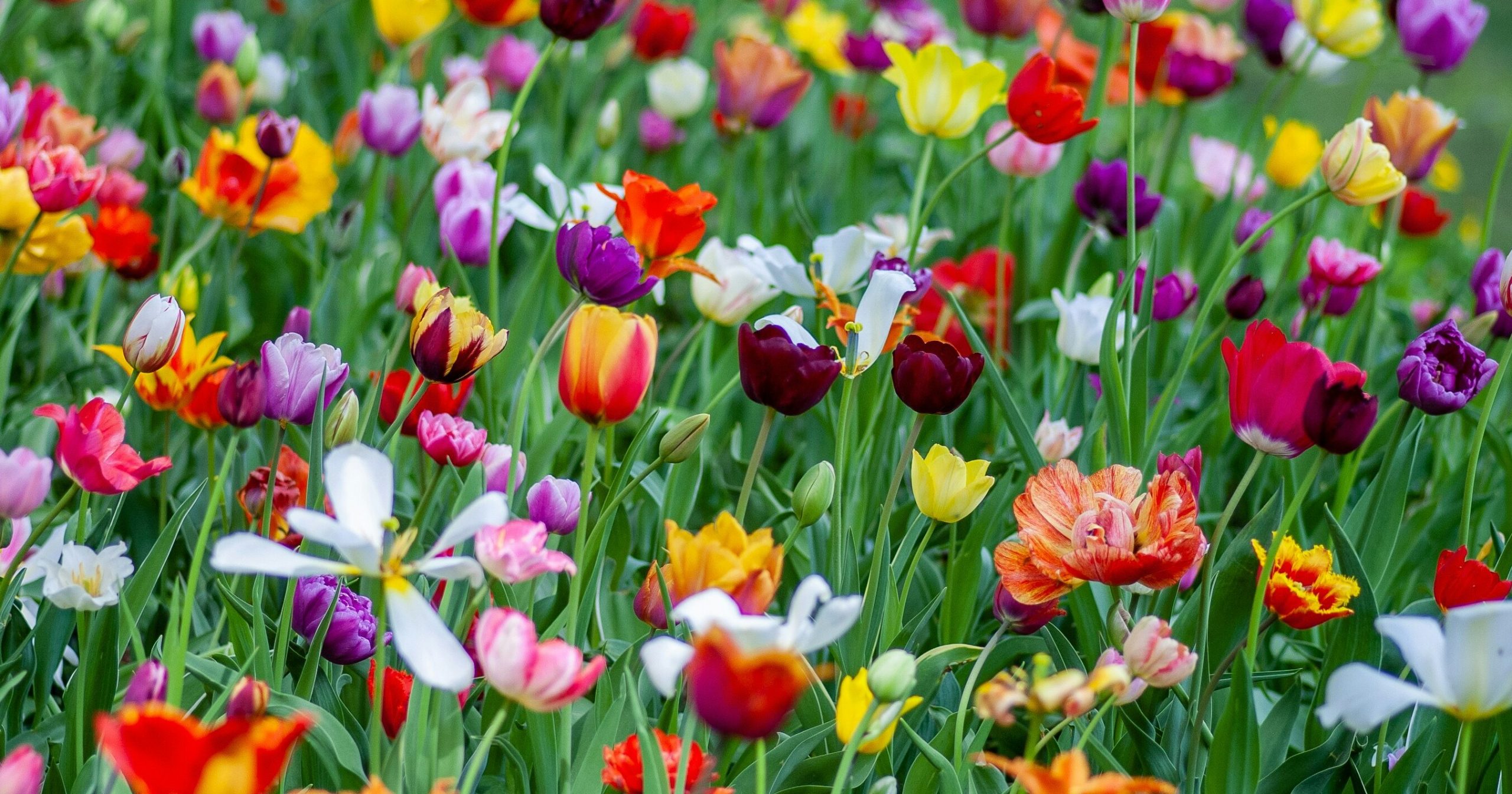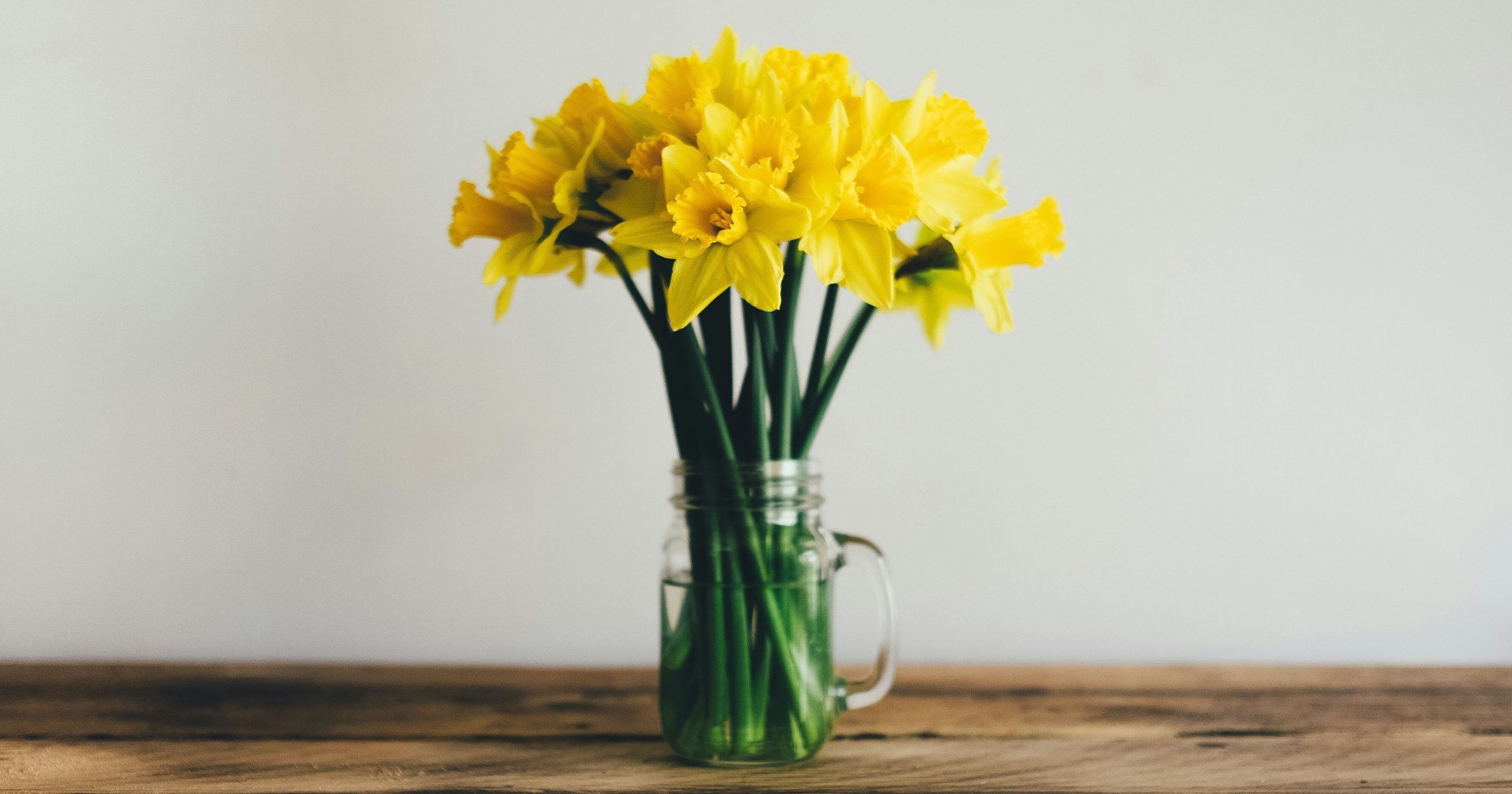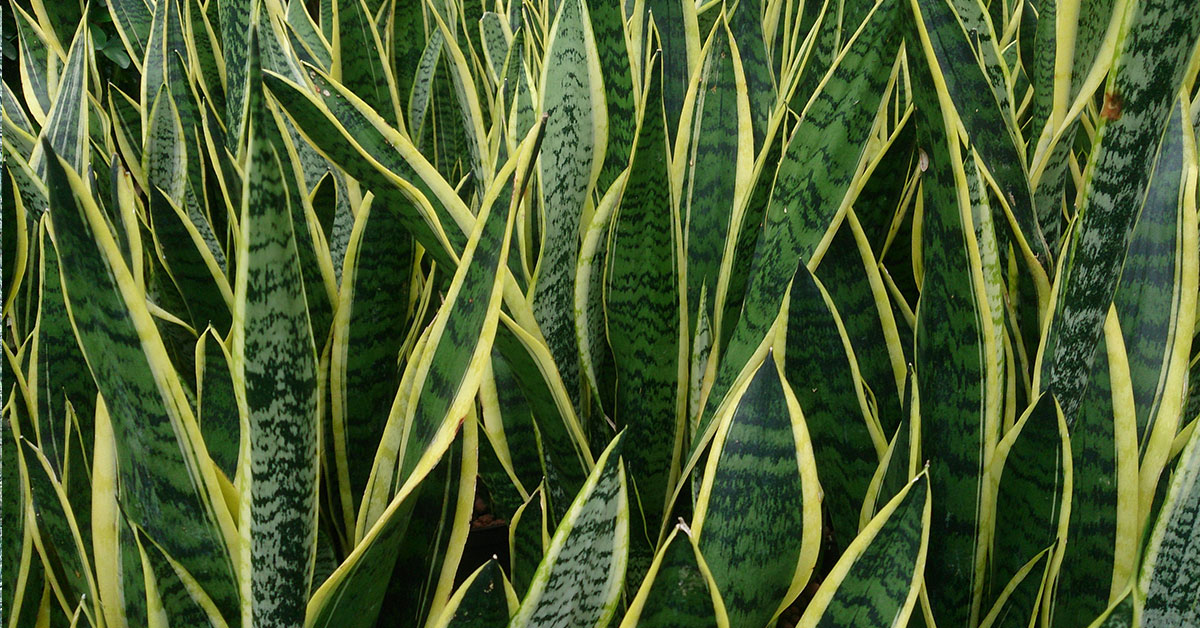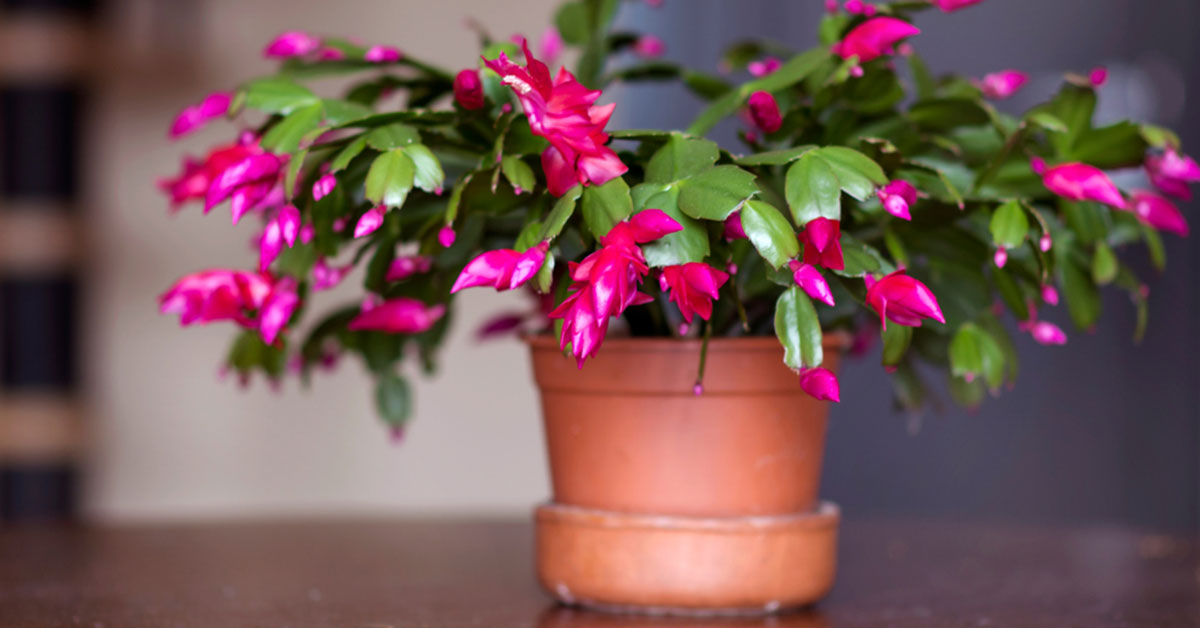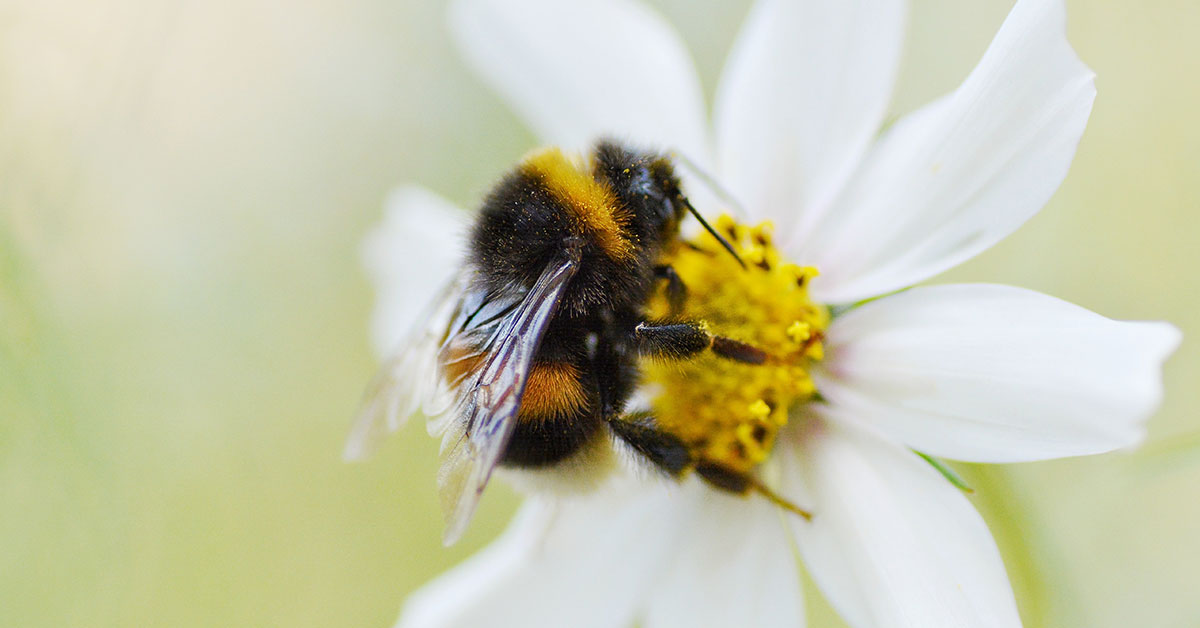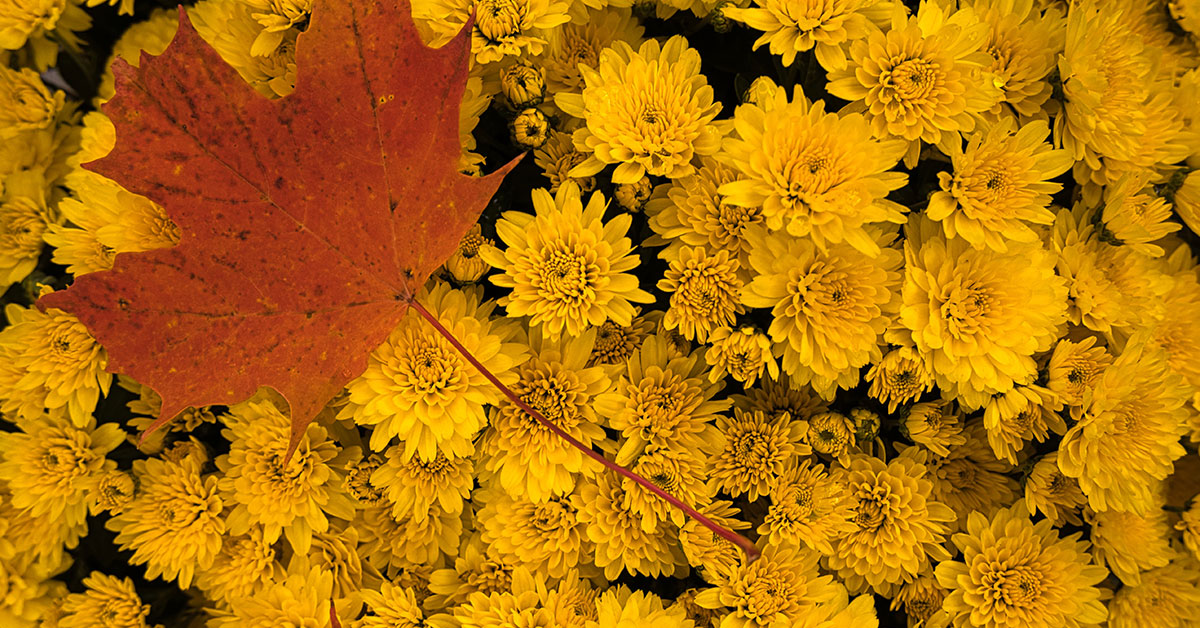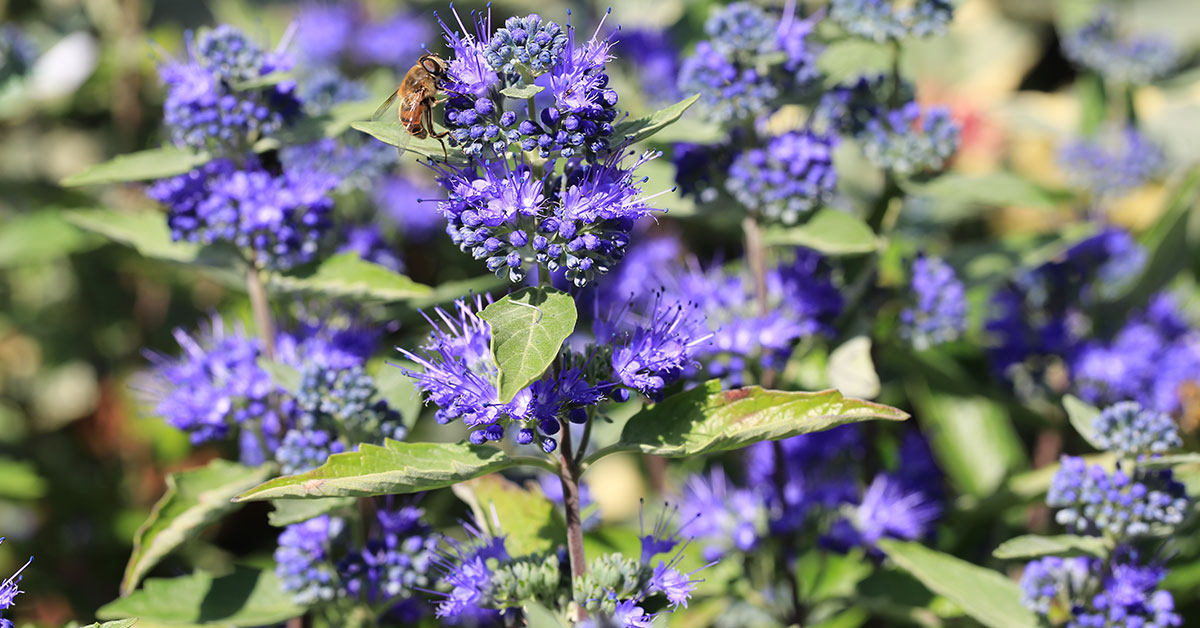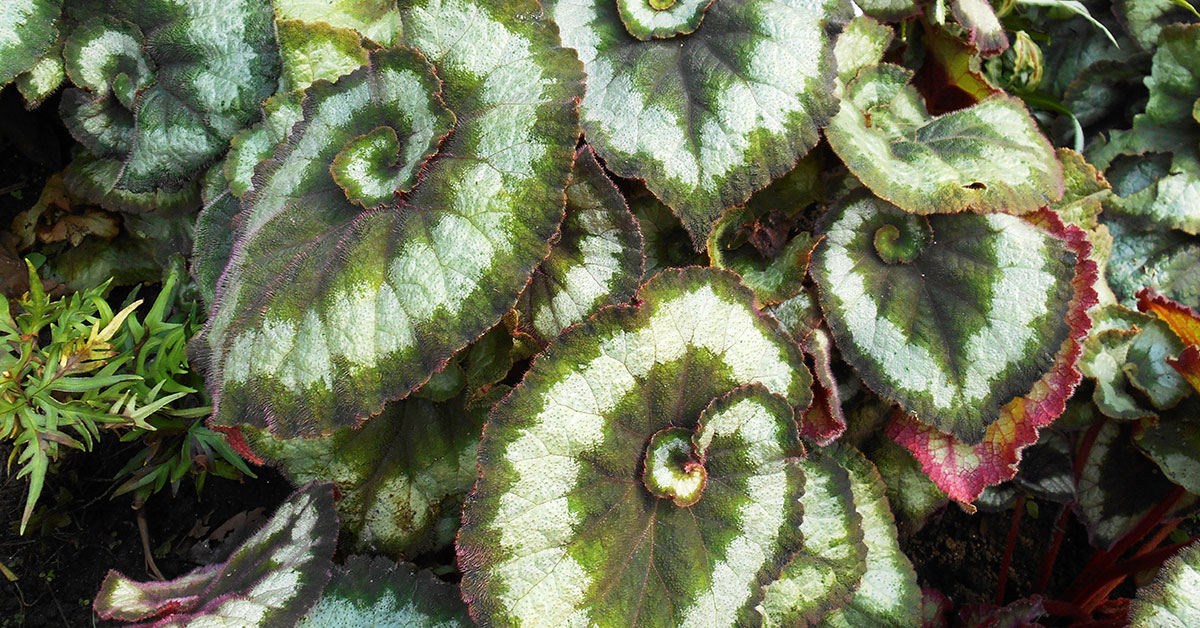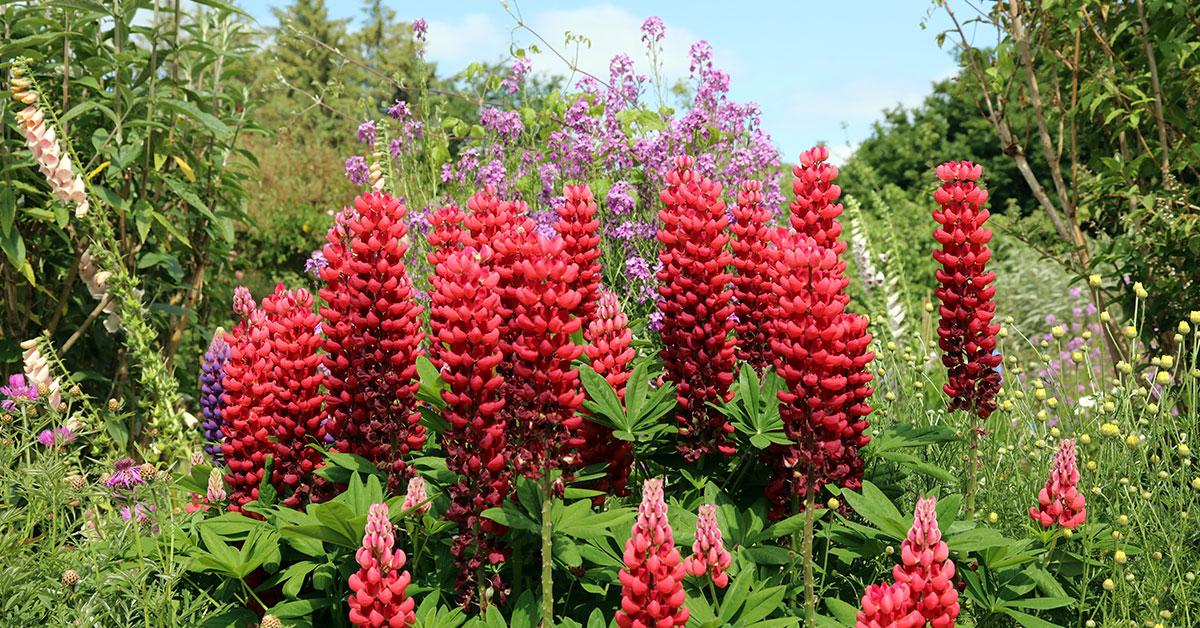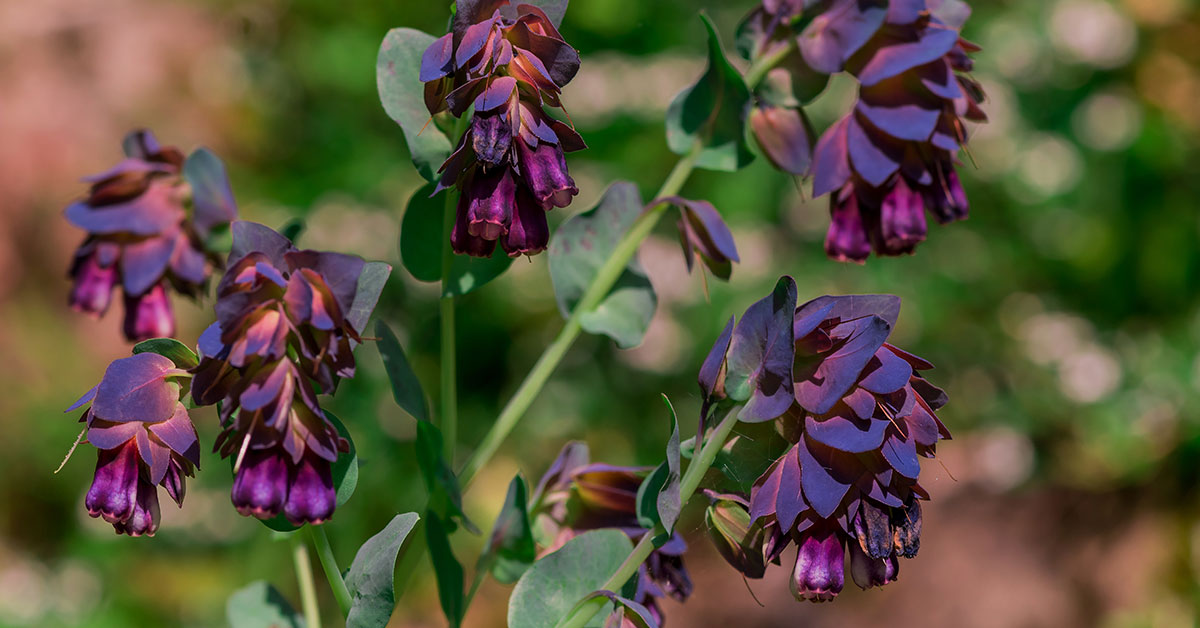The Pride of Madeira is a popular addition to garden borders and beds and one of the easiest plants to grow and maintain. A native of the Portuguese island of Madeira and the Spanish Cayman Islands, it has become readily popular throughout America.
Though the plant is not picky, it needs to be checked regularly as it has a strong root that is invasive. The plant is a great pollinator, making it an ideal companion plant. The striking blooms of this drought-tolerant plant make it attractive to birds, butterflies, and bees. These evergreens grow naturally on windswept limestone outcrops in their natural habitat.
- Latin name: Echium candicans
- Other names: Salvation Jane
- Native to: The island of Madeira, Portugal, and Canary Islands, Spain.
- Invasiveness: Spreads gradually into established native plant communities.
- Tenderness: Can only survive temperatures down to 30F.
- Sun: Does well in high heat and needs full sun exposure,
- Water: Is drought tolerant. Needs regular water only for germination.
- Soil: Does well in poor, dry soil. Best in sandy type soil with good drainage.
- Hardiness zone: 9 to 11 (USDA). Is heat tolerant?
- When to plant: Seeds can be planted indoors in autumn or 8 weeks before the last frost to transplant in spring after the soil is warmed and there is no danger of frost.
- Spacing: 48” to 72” (120cm – 180cm)
- Plant height: 4 ft 11 inches – 8 feet 2 inches.
- Bloom period: arrives in late spring.
- Time to maturity: 1 to 2 years.
- Container friendly: Container has to be exposed to full sunlight every day and should have good drainage. Water only when top dry.
- Fertilizer: Fertilizer is not required, but mixing organic compost during the establishment period helps.
- Toxicity: The plant is poisonous to both man and animals.
- Drought tolerant: Fairly drought tolerant but regular water ensures a healthy and vibrant bloom.
- Deer resistant: The plant is deer resistant.
- Pest resistant: Powdery mildew can appear on the foliage in humid conditions. Susceptible also to fungal root rot. aphids, weevils, snails, slugs, white flies, and spider mites, also attack the plant.
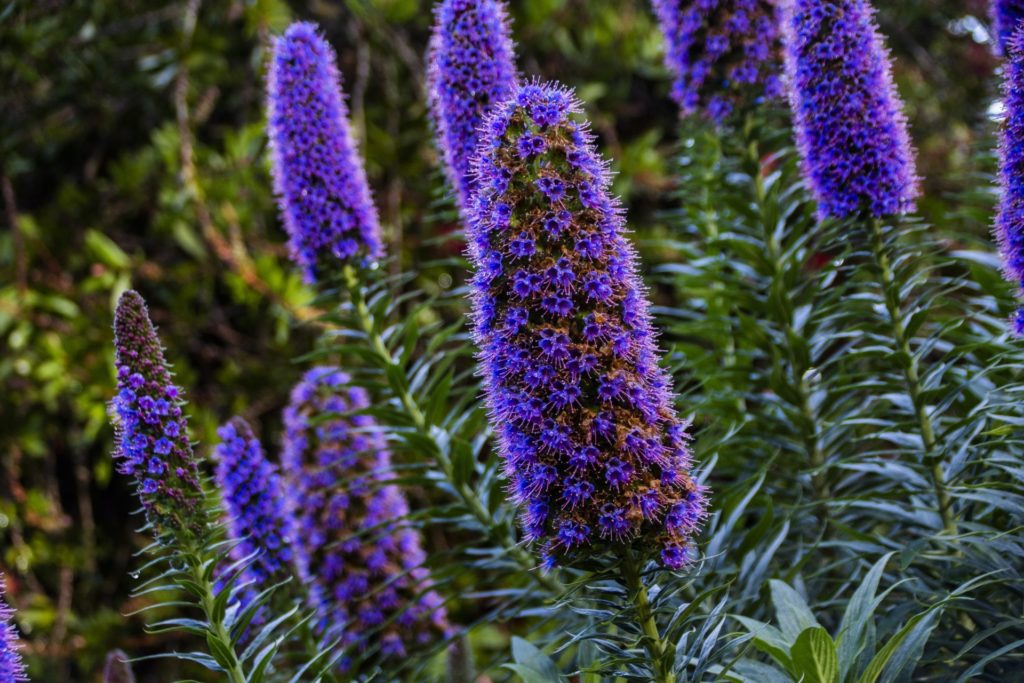
How To Grow Pride Of Madeira
The Pride of Madeira grows reliably from fresh seeds which germinate readily without stratification. You can plant the seeds after the soil has sufficiently warmed, and all frost danger has passed.
Fill 3-inch pulp of peat pods with sterile or compost, leaving an inch empty at the top. Gently tap out any air pockets. Sow seed in each pot in the center and cover with 1/8 to ¼ inch thick compost layer. Anchor the compost with a thin layer of sand.
Keep it at an even 60F-70F during the germination process, placing it near an unshaded, south-facing window. Maintain constant moisture by gently spraying, but let the surface dry out between watering to prevent fungal or bacterial growth.
Transplant seedlings that have been sown in autumn into 5-inch pots of potting soil when root appears at the bottom of the pulp pot. For spring seedlings, retain original peat pots till planting.
More the seedlings to a sheltered outdoor area only after last spring’s frost. Increasingly expose them to sunlight till they can stand 6 hours of sunlight.
Transplant seedlings in a bed 12 to 15 inches apart which is fast draining and receives constant sunlight. During the first summer, water each week to a one-inch depth.
Growing Pride Of Madeira In Containers
All varieties of Pride of Madeira grow well in containers. Growing in a container is possible only if the plant is exposed to constant sunlight every day. Ensure that the pot is watered regularly each time the top 5 cm of the container soil gets dry.
Smaller varieties grow the best indoors in pots of 10” – 14” diameter while larger varieties need at least a 14” – 24” diameter and 14” deep container. The larger the pot, the healthier will be the growth, and the larger will be the bloom.
When To Start Pride Of Madeira Seeds
The Pride of Madeira seeds grow reliably from fresh seeds and should be planted indoors in autumn or 8 weeks before the last frost and should be transplanted in spring after the outside solid has warmed and is frost-free.
When To Plant Pride Of Madeira
Move the seedling of the Pride of Madeira to a sheltered area outdoors only after the last spring frost. Expose them to an incremental amount of sunlight each day, taking care that the plants do not wilt, finally ensuring that they can stand 6 hours of sunlight.
How To Collect Pride Of Madeira Seeds
The seeds should be collected from pods that should be allowed to dry on the plant. Gather the seeds when they are dry, place them in a paper bag, and store them in a cool dry area. The pod will open and release the small seeds once it is completely dry. Store in an airtight tin or dark glass container where it will remain viable for years.
How To Propagate Pride Of Madeira
The Pride of Madeira plant should be propagated in mid-summer. They are best propagated through cutting. The new shrub should be genetically identical to its parent shrub, thus creating uniformity in your garden.
You can propagate the plant by removing a 3-inch softwood cutting from the shrub directly below a leaf node. Always use disinfected pruning shears.
Fill the pot will moss and sand in equal parts and add a rooting hormone. Trim the lower leaves and submerge the cutting base in the rooting solution for 3-5 seconds.
Insert cutting into a pot and carefully cover with plastic without touching the cutting and place in a bright spot at a temperature of around 70F and wait for several weeks for the plant to root.
Wildlife attracted by Pride Of Madeira
The Pride of Madeira is extremely popular with all pollinators, including butterflies, hummingbirds, bees, and a diverse variety of songbirds and other insects.
Common Problems
The Pride of Madeira will face problems if it doesn’t get full exposure to the sun constantly. Protection is necessary against winter, and you would need to cover it with a frost blanket. It can die out at temperatures below 40F (4.4C).
The plant is also affected by mildew in overly humid conditions. It also develops yellow leaves if overwatered. Too rich soil can also pose problems, visible in its leaves.
The Pride of Madeira can attract insects that can in turn attract bacteria and viruses. Slugs and mites are common problems.
